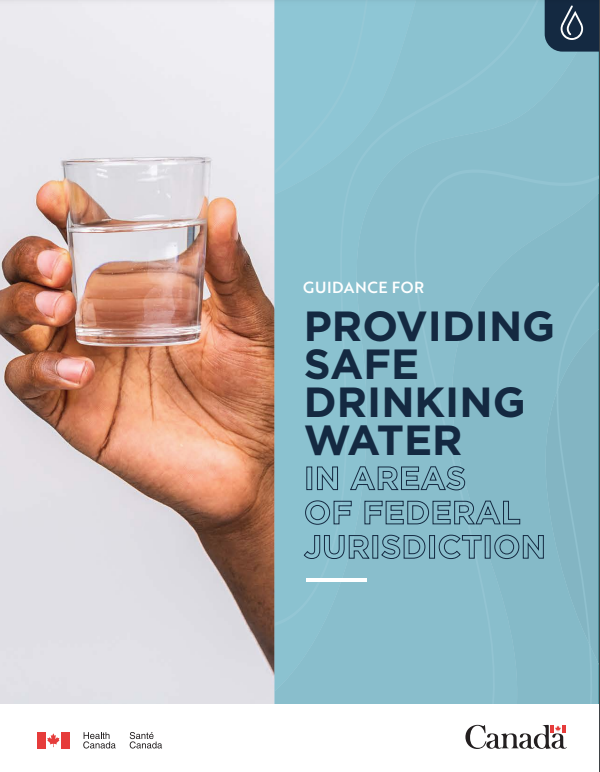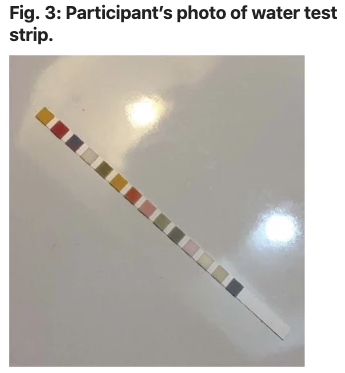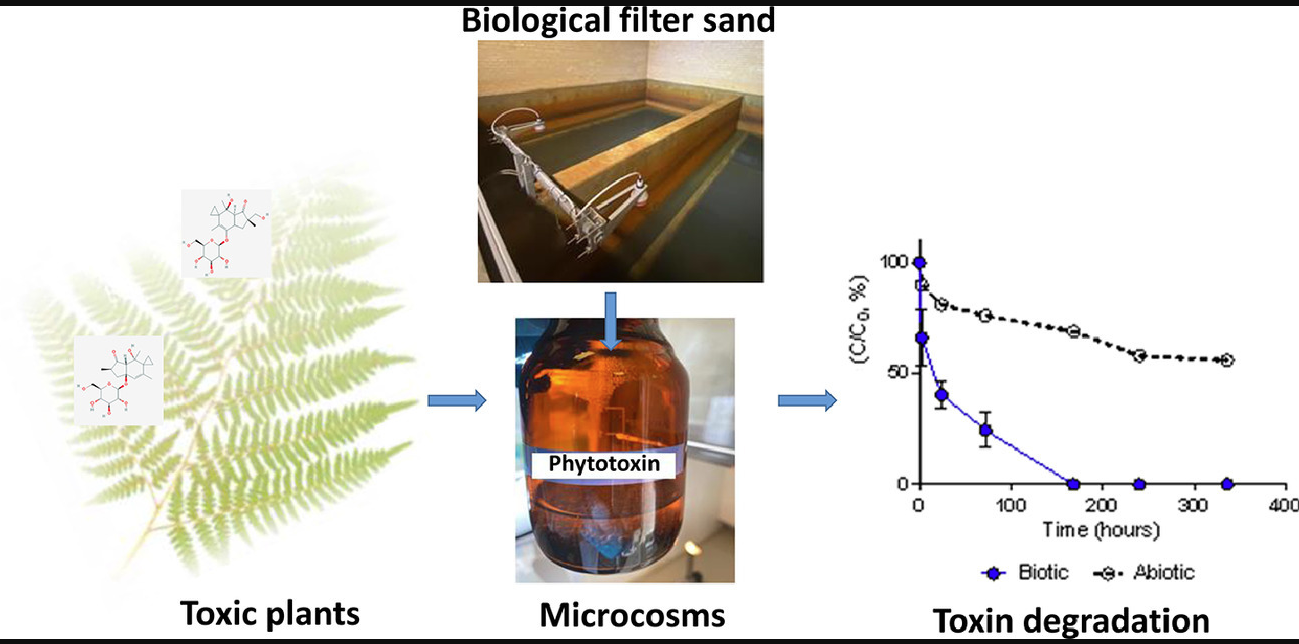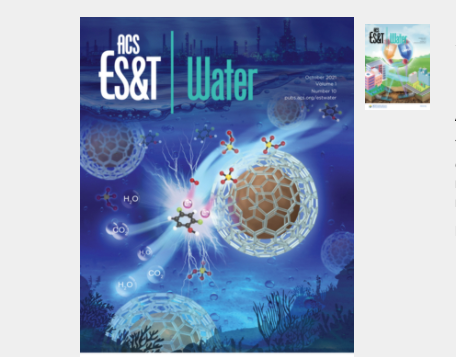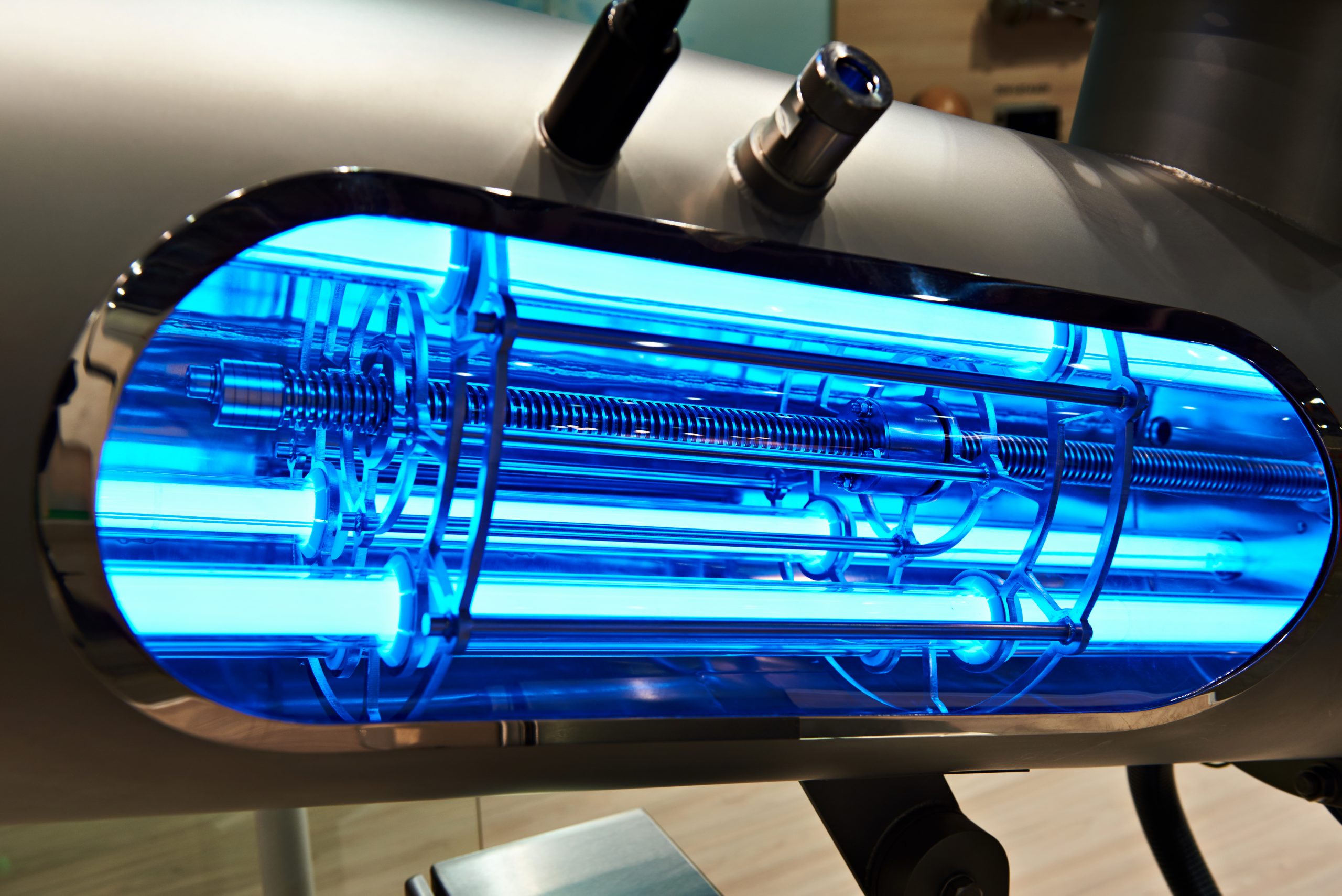Guidance For Providing Safe Drinking Water in Areas of Federal Jurisdiction
This document is intended to provide technical guidance to assist federal departments meet their legislative obligations. It takes into consideration the unique circumstances faced by many departments in order to best protect human health

